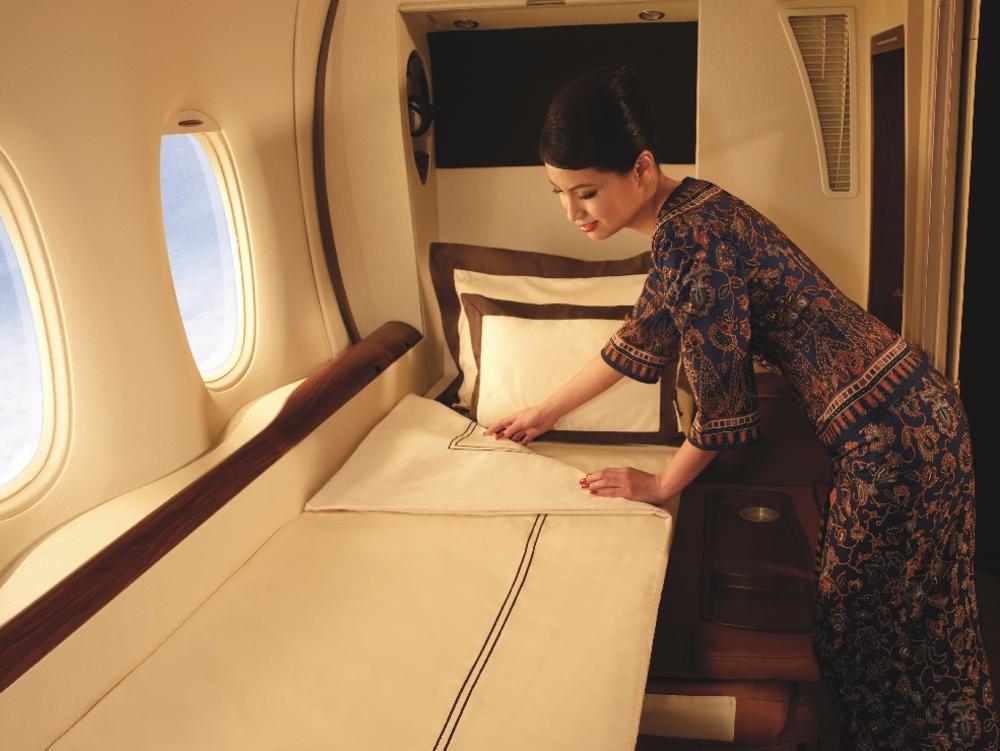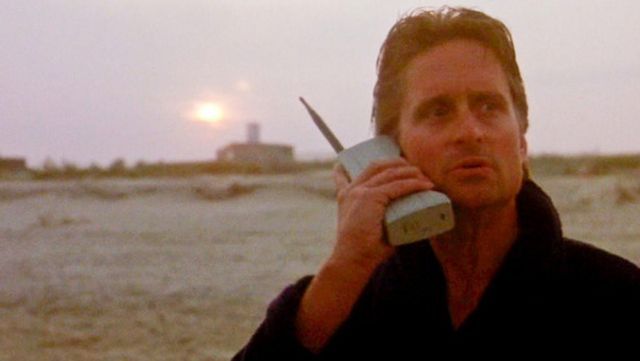
🚀 Going to space will cost only $2,000
Traveling to space today costs tens of millions of dollar, but within a couple of decades it can be as cheap as $2,000.
Share this story!
Flying from New York to Hong Kong is a really tough, long-haul flight that takes 15-20 hours, and with guaranteed neck pain and very stiff legs as a result.
So how about having it a little more comfortable with a personal assistant who helps you at the airport, your own bed, limousine to and from the airports and food from a Michelin-Star menu? It could be yours for just under $50,000 at Lufthansa.

If you are a slightly more economical type, you can instead go with Cathay Pacific for just $27 000. Then you will not get your own bed, but a reclining chair with generous space and a small booth where you can drink free champagne and eat Russian caviar.
What would you say if I instead offered you a New York-Hong Kong trip in under one hour, where you get to experience zero gravity for 40 minutes and actually get to call yourself an astronaut afterward? Yours for only $20,000.
It might sound like science fiction, but may become reality in the 2020s.
Science fiction now, science fact soon
A two-stage rocket of the kind developed by SpaceX and Blue Origin is what is needed. The first stage takes the vehicle to a speed of four kilometers per second, disconnect, return and land. The second stage continues the acceleration up to the necessary 9.5 km/s.
Without fuel, the rocket, including the cabin for the passengers, weighs 140 tons and about 2100 tons of fuel will be needed. At a price of $120 per tonne, the bill for the fuel will be $252,000.
If 200 passengers pay $20,000 each, there will be a revenue of $4 million for each trip.
If there are people who pay more than that to fly luxury airplanes today, then there are plenty of prospective travelers for these rocket trips.
Hundreds of people have already paid $250,000 in advance to be in space four to five minutes on Virgin Galactic's flights.
The right kind of luxury consumption
Of course, $20,000 for a single trip is more than most people are willing or able to pay. But this luxury consumption (which easily beats buying an expensive purse or Rolls Royce) will make future space travel cheaper for everyone. Just like when yuppies on Wall Street in the 1980s bought ridiculously expensive - and gigantic - mobile phones and thus helped lower the price of future models.

As the price begins to fall and approaches levels around $20,000 per ticket, this will mean that many new players enter the market. Building rockets will not be easy, just as it is not easy to build an aircraft today, but standardizations are emerging, knowledge is being spread and costs are falling. Companies will specialize in parts of the rocket and make them better and cheaper.
Development is already underway
It is a big step between today's rocket launches for tens of millions of dollars and a passenger rocket that holds 200 people. How will this change become a reality?
In fact, it is already underway. The decisive step was taken in 2015 when SpaceX landed a Falcon 9 rocket and in 2017 when they reused one. Reusability is of course the most important factor in making launches cheaper.
Step two is building a spacecraft that can take more than a handful of passengers. Again, SpaceX is in the lead.
In 2016, Elon Musk was at the big IAC space conference in Mexico, (I was there too, yay!). There he presented the plans to take humanity to Mars. Then the rocket was called BFR (Big Fucking Rocket), but is now called Starship. It is being developed at SpaceX rocket base in Texas.
Starship will take people to Mars, but can also be used to travel on Earth. Which is what Musk mentioned when he presented a upgraded plan for Mars a year later.
"If you build a ship that is capable of going to Mars, what if you take that spaceship and flew it from one place on Earth to another? So, we did that."
Imagine that Starship is a working spaceship and SpaceX offers to buy tickets to fly between two places on earth for $1 million per ticket.
My guess is that there will be no problem to fill a large number of flights with 100 people at a time (maybe even more passengers).
Ten such flights in a year are $1 billion in revenue. In 2019, SpaceX sold launches for probably between $2 and $3 billion. That would be a substantial financial contribution to the company.
You won't have to be a millionaire to go
Fun for those with a few million dollars in the bank account, but what about the rest of us? These luxury trips will lower the price for us as well, exactly like with expensive mobile phones. $20,000 per trip is not the bottom level. It is rather around $2,000.
The fuel cost of a launch to orbit is only $10 per kilo. Other costs should be reduced to a further $10, for a total cost of $20 per kilo, says Robert Zubrin in the book The Case for Space.
Would you go to space for half an hour for $2,000?
Personally - of course!. Not only would it be a fun experience for me, it would also contribute to our common future in space. The biggest obstacle to reaching space has been its astronomical costs. If these costs are reduced then the Moon, Mars, space stations, and more become available to a vast number of people. Riding rockets on Earth will contribute to that.
So far only 566 people have been in space (or 575 if you count with a lower limit for space.)
It is a number that will increase dramatically during this decade.
If you haven't already, please check out the Warp Space Program.
By becoming a premium supporter, you help in the creation and sharing of fact-based optimistic news all over the world.


